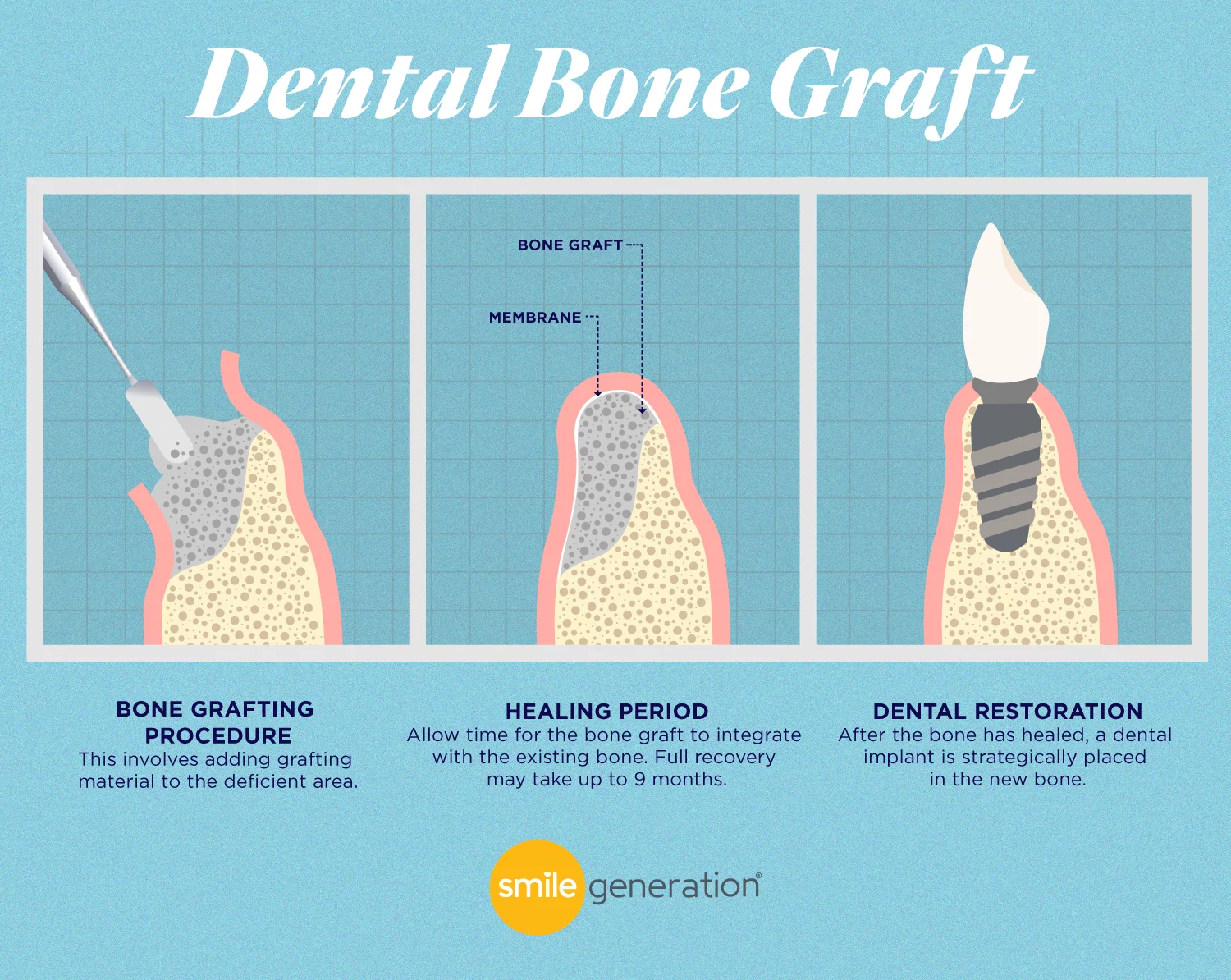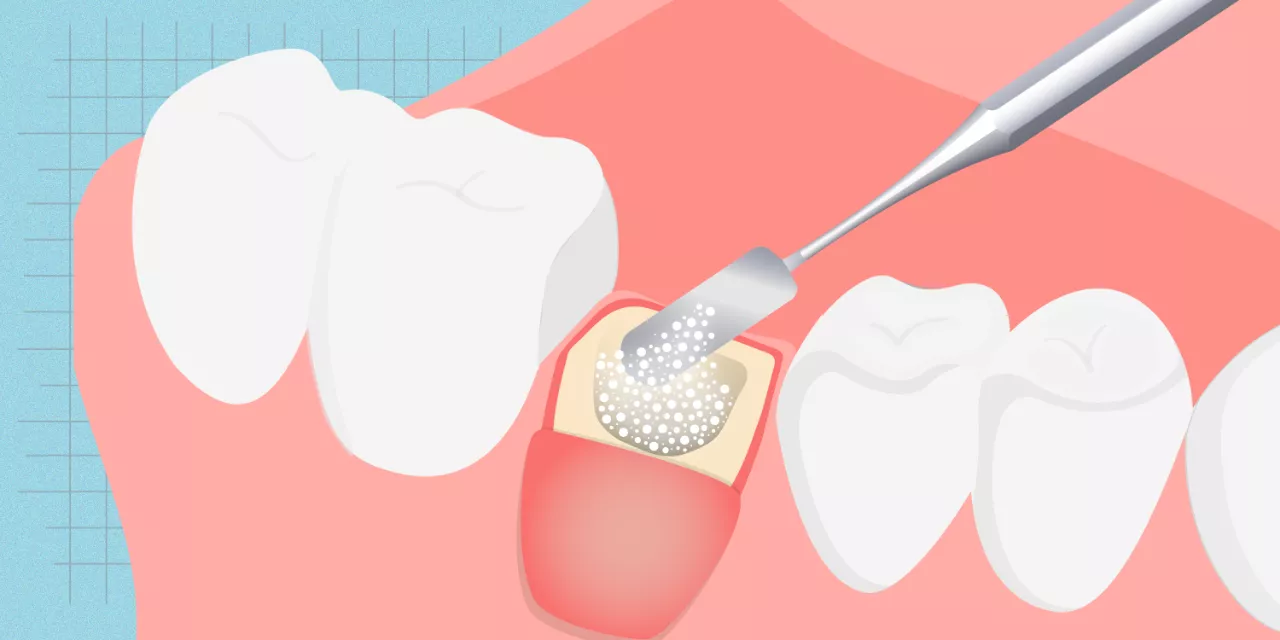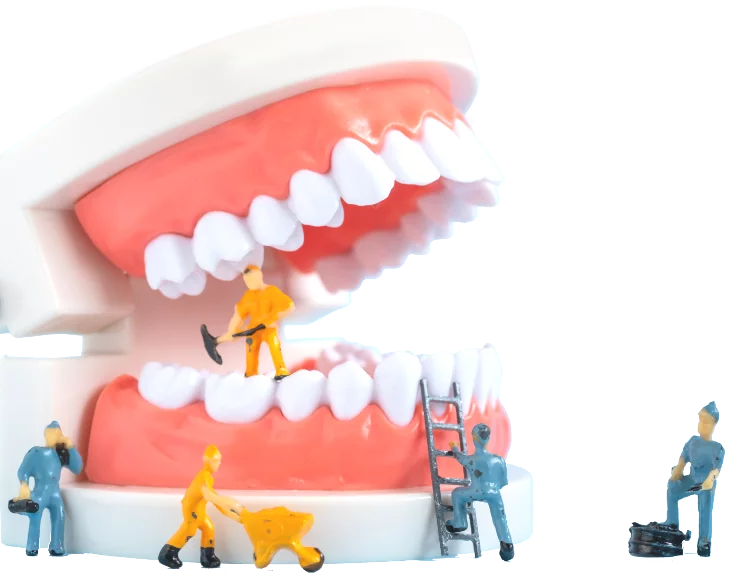The elements in your mouth - gums, teeth, jawbone - are all interconnected. Each one can have an impact on the other. If you have gum disease, for example, it can impact the health of your teeth and jaw. This interconnectedness means that addressing issues in your mouth can be complex and require multiple steps. One of the most complex dental problems to deal with is tooth loss due to issues such as injury, decay, or gum disease.
Losing a tooth as an adult can lead to serious issues, regardless of whether you had a tooth extraction or an injury. The bone in your jaw provides stability to your teeth and mouth. When you lose a tooth - for whatever reason - your jawbone is left with a hole in it where the tooth root used to be. This can cause your jawbone to shrink down over time. If you do not address bone loss in your jaw, it can cause you to lose other teeth and have problems with your bite. You can address bone loss in your jaw by getting a dental bone graft.
What Is a Dental Bone Graft?
If you are dealing with consequences related to bone loss in your jaw, you may have started to learn about options for correcting it. A bone graft is a common solution for bone loss in your jaw. If you do not have experience getting a bone graft, you are likely asking, 'What is a bone graft?' A dental bone graft procedure is when the dentist places material on your jawbone to repair areas where bone loss has occurred.
Who Is a Good Candidate for the Bone Grafting Procedure?
Ideal For:
- Ideal for those with bone loss after tooth extraction to prevent jawbone shrinkage and shifting teeth.
Ideal for those with jawbone loss from gum disease, once the gum infection is treated.
The dental bone graft procedure is designed for anyone experiencing bone loss in their jaw - or is at risk for bone loss. If you have a tooth extracted, there is a void in your bone where the root of the tooth once was. If you do nothing to deal with that void, your jaw will eventually heal some, but your jawbone will experience shrinkage. In addition, the space left between your teeth can cause your surrounding teeth to start moving. A bone graft can add volume to the missing area of bone after an extraction.
A bone graft may also be an option if you have bone loss in your jaw because of gum disease. Chronic gum disease can eat away at your jawbone and lead to bone loss and tooth loss. Gum disease starts by affecting your gums but can make its way to the bone that supports your teeth. A dental bone graft can be used to restore the bone that was damaged by periodontitis. If you have bone loss due to periodontitis, you will need to work with a dentist to first address the gum disease, and then you can move on to getting a dental bone graft procedure.
Where Does the Bone for Grafts Come From?
What Is a Cadaver Bone Graft?
Types of Bone Grafts
Socket/Ridge Preservation Bone Graft
Ridge Expansion Bone Graft
Sinus Lift Bone Graft
Who Is a Good Candidate for a Dental Bone Graft?

What Is the Dental Bone Grafting Procedure?
Key Things About The Procedure:
The dentist numbs the jaw area, opens the gum, places graft material, and stitches it closed.
The graft rebuilds lost jawbone.
Restored bone supports implants and improves your smile’s look and function.
There are some general aspects of the dental bone grafting procedure that are the same across the board. It is important to remember, however, that your situation is unique, and you will need to talk to your dentist to understand exactly what will happen during your procedure.
As with any dental procedure, there are both risks and benefits. You may experience some discomfort after the dental bone graft procedure. There is a small risk of infection, gum problems, and the possibility that the bone graft fails to do what was intended.
Is a Bone Grafting Procedure Painful?
Your dentist will apply a local anesthetic to the area of the bone graft. This will prevent you from feeling pain in that area during the procedure. If you are feeling anxious before the bone graft, the dentist can also provide you with sedation through nitrous oxide, oral sedation, or IV sedation. The local anesthetic combined with the sedation will help you stay comfortable throughout the procedure.
How to Prepare for a Bone Graft
What Are the Dental Bone Graft Healing Stages?
Key Things to Know:
Gum incisions heal in a couple of weeks, but the grafted bone area can take up to nine months.
Aftercare focuses on oral hygiene and avoiding chewing on the graft site until fully healed.
It is a good idea to learn about what to expect after a dental bone graft. If you are facing a long dental bone graft recovery, you need to know to make preparations in other areas of your life.
How long does a bone graft take to heal? Dental bone graft healing stages include the healing of your gums from the incision and the healing of the grafted area. In the bone graft healing stages, the incision in your gums will heal quickly – usually within a couple of weeks or sooner. Tooth extraction and bone graft healing will take more time. The area where the grafting material is applied takes more time to get back to normal – sometimes as long as nine months.
Are There Dental Bone Graft Side Effects?
As mentioned above, the potential side effects of a dental bone graft are minimal. However, there is a risk for infection, bleeding, issues related to anesthesia, and potential nerve damage with any surgical dental procedure. Your dentist can help you more fully understand the bone graft side effects as you prepare for your procedure.
How Much Does a Dental Bone Graft Cost?
- The type of bone graft you need
- The dentist you choose
- What is covered by your dental insurance
Find an Oral Surgeon Near You to Talk About Dental Bone Grafting
If you're new to your area and you're wondering how to find a trusted dentist near me, you can find an oral surgeon near you with the help of the Find a Dentist tool from Smile Generation. This tool allows you to search based on location and specialty so you can find a local oral surgeon who can do the bone graft procedure and get you on the path toward restoring your smile.
Find your trusted, local dentist today!
Sources
- American Dental Association. (2015). Grafting materials and their collection. Journal of the American Dental Association, 146(8), 667–675. https://jada.ada.org/article/S0002-8177(15)00245-7/fulltext (Accessed July 7th, 2025)
- American Dental Association. (2021). ADA guide to graft material collection. (Accessed July 7th, 2025)
Smile Generation blog articles are reviewed by a licensed dental professional before publishing. However, we present this information for educational purposes only with the intent to promote readers’ understanding of oral health and oral healthcare treatment options and technology. We do not intend for our blog content to substitute for professional dental care and clinical advice, diagnosis, or treatment planning provided by a licensed dental professional. Smile Generation always recommends seeking the advice of a dentist, physician, or other licensed healthcare professional for a dental or medical condition or treatment.









